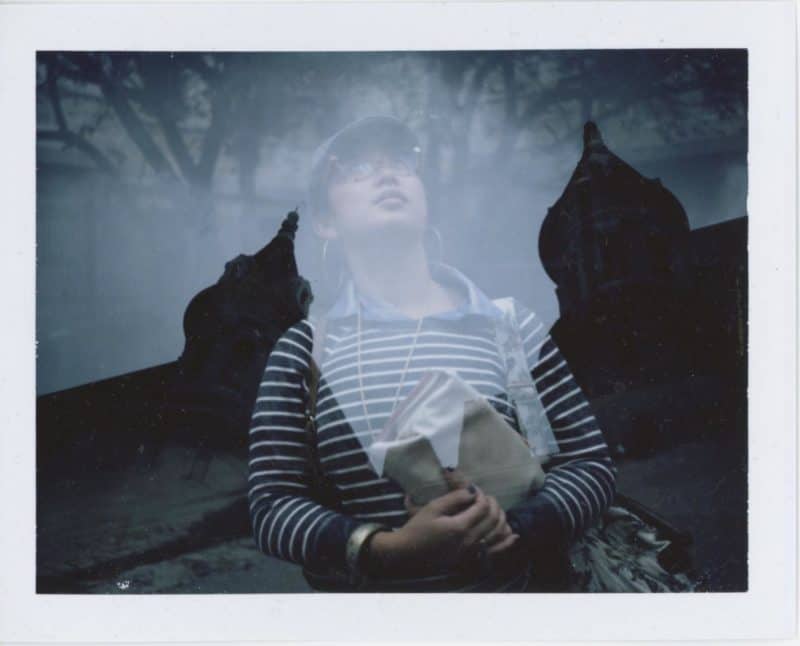Polaroid instant film went the way of the dodo, and some of us were sad. Some of us went to Target and bought several packs of film. Some of us made that film last for weeks, months, a year. One of us opened her final film cartridge to discover that Polaroid had simply recycled used film (there were already images on each slide) and sold it as if it were new. This made some of us feel even worse. Thanks, Polaroid.
Then there were those who did not take the possible extinction of instant film lying down. Knowing that each image shot on instant film felt like a carefully chosen collectible, a group of photographers and engineers, some of them former Polaroid employees, sought to create their own brand. They bought the company’s factory equipment and rented one of the closed factory buildings outside Amsterdam. They named themselves the Impossible Project and worked like mad scientists to reinvent the dyes and color shades for their new instant film.
The Impossible Project has since become a quirky, but strong new voice in analogue instant film. Now, with their 101 Ways series, they’re asking instant film lovers to help them push the creative limits of the medium. Starting on October 6, Impossible began reviewing DIY projects submitted by their film users and posting the best 101 submissions to their website. Some of these are simple enough to appeal beyond a cult, indie crowd—easily created double exposures with certain models of Polaroid cameras; instant snapshots as visual to-do lists; charming drink coasters. Others, like the mosaic composed of the transparent upper sheet from film slides, are a tad more involved.
The series closes on January 15, and all accepted submissions will later appear in a 101 Ways anthology.

